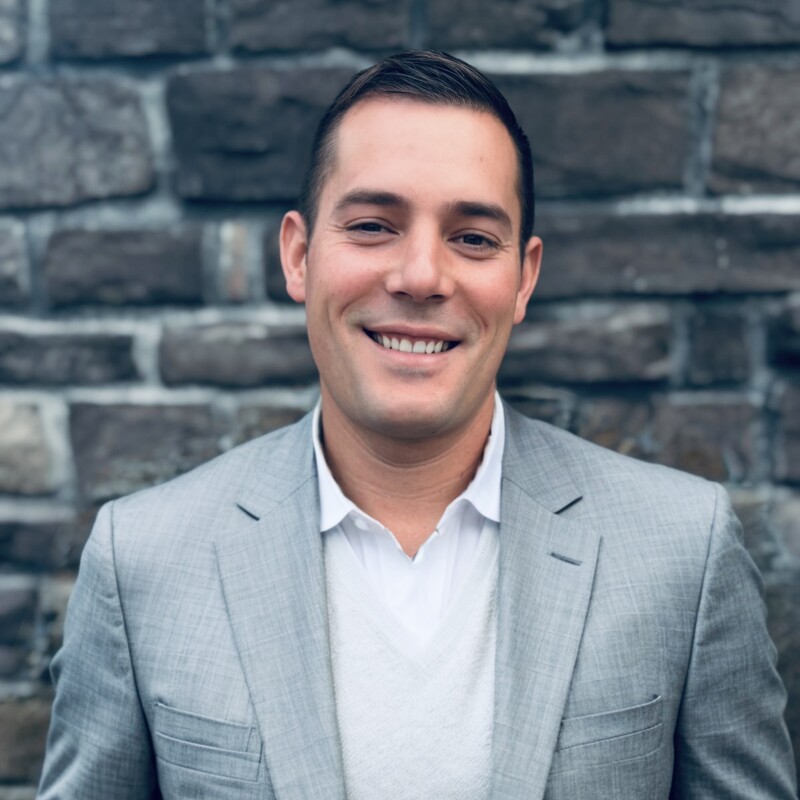
Prevention Isn’t a Perk — It’s a Competitive Advantage
Every year, U.S. companies lose billions to workplace injuries that could have been prevented — not because they don’t care about safety, but because they’re solving the wrong problem. Most organizations still treat workforce health as a compliance obligation or a claims cost. But the real opportunity lies in building physical resilience directly into operations.
And one thing is clear: prevention isn’t a perk. It’s the next frontier of workforce performance. When we keep a shoulder out of surgery, prevent a veteran worker from retiring early, or intercept an injury before it happens, we’re not just improving health — we’re protecting uptime, retention, and the bottom line. In 2026, that shift in mindset isn’t optional. It’s overdue.
The Human Side of Prevention
The American labor force is the backbone of our economy — and yet, too often, it’s underserved when it comes to health and wellbeing. These are men and women who show up every day, get nicked up, beaten down, and still return the next morning ready to work. They lift, climb, haul, and push through pain — often without anyone asking how they’re holding up.
That’s where prevention makes a profound difference. The presence of a licensed athletic trainer or movement specialist on the floor — someone who understands their aches, listens to their concerns, and intervenes early — is about more than reducing claims. It builds trust. It lifts morale. It signals that the company cares.
And that sense of care matters. Skilled labor is in short supply, turnover is high, and more workers are seeking employers who invest in them beyond just wages. Retaining a fit, motivated, resilient workforce isn’t just good HR — it’s a competitive necessity.
We’ve Proven the Model. Now We Must Tell the Story.
Clinicians and movement specialists don’t wait for injuries — they’re embedded inside factories, construction sites, and distribution centers, monitoring patterns, spotting risks, and intercepting problems before they spiral.
The impact is real:
- Double-digit reductions in recordable injuries.
- Fewer costly surgeries and lost-time incidents.
- Higher retention and stronger morale.
This isn’t theory — it’s proven practice, trusted by some of the world’s most demanding employers. But today, outcomes alone aren’t enough. To win enterprise trust, we must match the quality of our results with the clarity of our story.
The Market Has Shifted — and Expectations Are Higher
Decision-makers in risk, HR, safety, and operations aren’t just comparing vendors. They’re evaluating strategic partners. They want to know:
- Credibility: Who else have you helped, and what outcomes did you deliver?
- Scalability: Can you deliver consistent results across multiple sites?
- Business Impact: Can you show ROI in CFO- and COO-ready terms?
At the same time, the workforce landscape is changing. Skilled workers are aging. Many are hopping jobs in search of safer, more supportive environments. Reshoring is bringing new manufacturing capacity — and new hires — back to U.S. soil. In that context, the ability to onboard, protect, and sustain a workforce isn’t a side initiative; it’s a strategic imperative.
This Isn’t Wellness — It’s Workforce Insurance
What must be provided isn’t a perk or a wellness benefit. It’s a performance system — operational insurance that keeps skilled labor on the floor, out of the clinic, and delivering value longer. And while standard of care is rooted in proven prevention practices, we also know that no two organizations are alike. True partnership means adapting to the maturity of each workforce — designing custom programs, scaling as needs evolve, and bringing forward the latest in wearable technology, computer vision, and recovery innovation to support human performance.
To own this position, it is imperative to invest in five key areas:
- Client Advocacy: Empowering our champions inside major enterprises to share their success stories.
- Proof and Outcomes: Publishing case studies, dashboards, and retention data that speak the language of the C-suite.
- Clear Differentiation: Showing what embedded, biomechanically informed, data-driven prevention truly looks like.
- AI-Ready Messaging: Ensuring our language and visuals perform in an era where buyers and analysts use AI to evaluate partners.
- Elevated Brand Presence: Making every touchpoint reflect the sophistication billion-dollar companies expect.
This isn’t “marketing fluff.” It’s how prevention earns a seat in boardroom discussions — and how to turn a cost-center narrative into a growth-driver reality.
Let’s Talk — and Build What’s Next
I’ve had the privilege of partnering with risk leaders, safety directors, HR executives, and COOs across industries — and the same questions always surface:
“How do we keep skilled workers longer?”
“How do we reduce recordables without cutting corners?”
“How do we prove ROI on something that never happens?”
These are the conversations I love to have — because they’re the ones that move our industry forward. Whether it’s exploring prevention strategies tailored to your sites, reviewing operational data, or simply exchanging ideas on what’s working, there’s real value in a candid discussion.
The next decade will belong to companies that treat prevention as a competitive advantage, not a line item. Let’s connect and talk about how to make that shift a reality in your organization.
About Nic Patee
Nic Patee is the CEO and Co-Founder of Work Right NW, where he’s spent the past decade transforming workforce health from a reactive cost center into a proactive driver of operational performance and injury prevention.
A former collegiate baseball player and licensed Doctor of Physical Therapy, Nic brings deep field experience and relentless competitive energy to one of the most overlooked challenges in business today: protecting the health, resilience, and longevity of frontline labor forces.
Since launching Work Right in 2014, he has built one of the nation’s most trusted on-site prevention networks — embedding teams of Athletic Trainers (ATs), Physical Therapists (PTs), Professional Ergonomists, and Exercise Physiologists directly into high-risk industrial job sites. These include operations in aviation, logistics, food manufacturing, power utilities, and large-scale construction — including multiple Fortune 100 and Fortune 500 companies.

